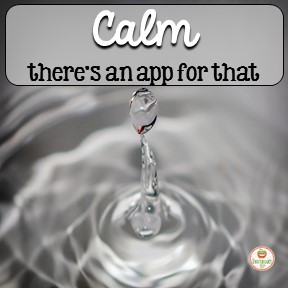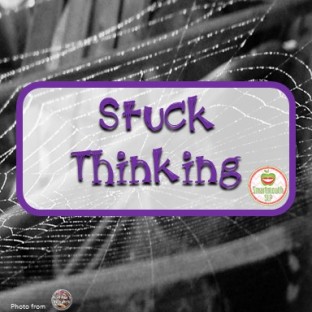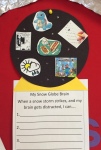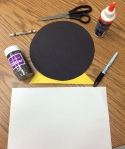
We had our Best Practices GOSSLP conference for school based SLPs in Georgia last week. It is a conference I look forward to for many reasons, including meeting new friends like the great OTs who created Lucy the Lap Dog , catching up with old speechie friends that I don’t get to see very often and the great speakers the conference brings. I went to hear Terri Rossman speak on Zones of Regulation, Sarah Ward talk about executive function skills and Julie Weatherly discuss special education law (that will keep you up late at night!!). These courses offered great table discussions during lunch among my fellow SLPs!
One of my takeaways was the seemingly increasing need of our students, particularly the students that I see with social language impairments, for self-regulation and calming strategies. One of my colleagues in our county is establishing mindfulness classes for both the students and the staff at her middle school! She has done a lot of training on her own and like me, sees an increase in the stress and anxiety levels in our students and our peers. I think it’s the teach to the mandated test culture, social media pressure and the message to “do more/be more” that we are inundated with in our world today. I feel it as an adult, do you?
So with this in mind, I stumbled across an app called Calm (it’s available on iPhone and Android). While the app is free, there are paid options within the app that you can choose as well. Some of the free features include a visual breathing circle, seven days of calm meditation program, soothing visuals and sounds of nature, and sleep stories for bedtime (for adults and children) that are read in a calm voice. The app is easy to navigate and has good explanations of each feature. It is packed full of great options that are useful in a variety of settings, to help provide an external cue for self calming.
I had the opportunity to try the app with one of my little after-school friends. He was in the “yellow zone” during our session and was a giggly, wiggly mess last week! We have been working on whole body listening but those cues and visuals were not enough. So, I popped up the app on my phone, showed him the breathing circle and we did this together for a few minutes. He did calm down enough to attend to our activities and regulate back to the green zone for a little while before we needed to get up and MOVE to get the wiggles out. There isn’t a one size fits all therapy tool that works all the time with all of my kids, but this app is a nice addition to my skill set. I may just use it myself the next time I am stuck in two hours of Atlanta gridlock!
What other apps do you use to target calming, reducing anxiety or self-regulation skills? Share here!



